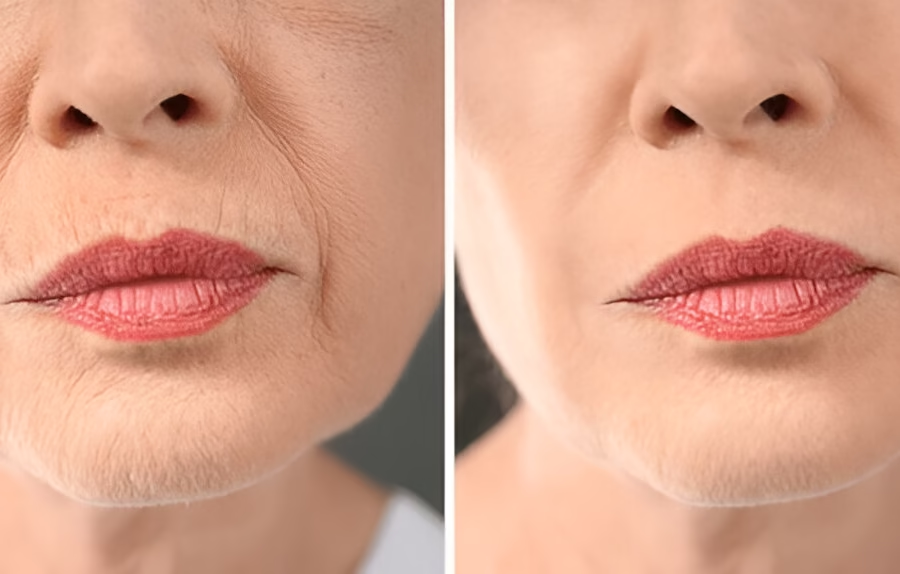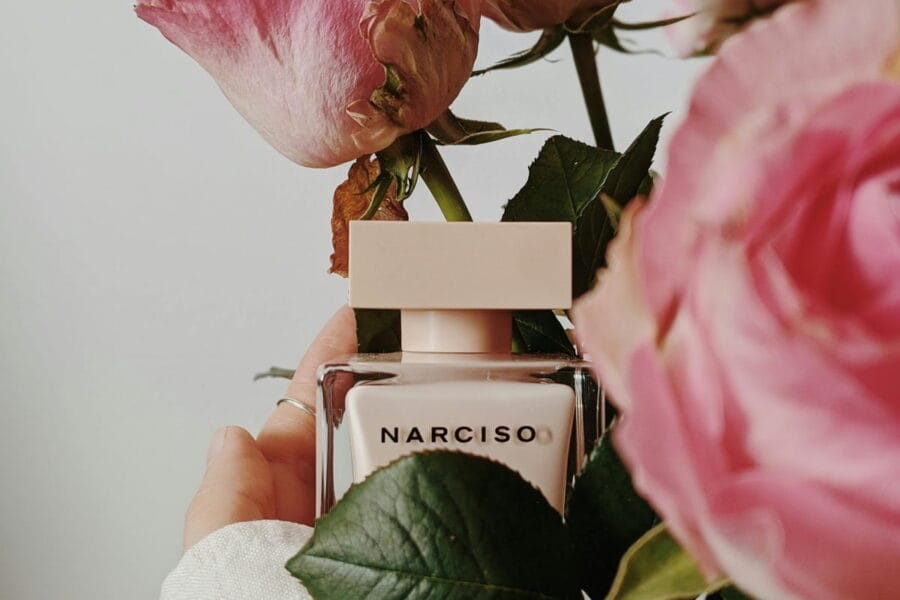Hey Beauties! Do You Know Your skin works tirelessly throughout the day, dealing with pollutants, UV exposure, and the stress of everyday life? By the time evening arrives, it needs some extra care. A nighttime skincare routine is a perfect way to support your skin’s natural repair process. While you sleep, your body and skin get to work, recovering and rejuvenating, making this the ideal time to give your skin the love it deserves. In this guide, we’ll break down a simple yet effective routine that will help you wake up looking refreshed and glowing.
Why Nighttime Skincare Matters
During the night, your body enters repair mode, and your skin follows suit. This is the perfect opportunity to help your skin recover from the daily stresses it faces. By following a nighttime skincare routine, you can enhance this natural healing process.
In This Article
- Step 1: Cleanse Away the Day
- Step 2: Exfoliate (2-3 Times a Week)
- Step 3: Refresh with Toner
- Step 4: Target Specific Concerns with Serums
- Step 5: Hydrate with Moisturizer
- Step 6: Soothe the Eye Area
- Step 7: Optional: Add Face Oil for Extra Hydration
- Step 8: Prioritize Rest
Step 1: Cleanse Away the Day
Start your routine by thoroughly cleansing your skin to remove dirt, makeup, and any other impurities that have accumulated. Choose a cleanser that fits your skin type—gentle gel formulas work well for oily skin, while cream cleansers are better suited for dry or sensitive skin. Cleansing not only removes the buildup of the day but also prepares your skin to absorb the next products effectively.
Why Cleansing is Important
A good cleanse unclogs pores and prevents breakouts. It also helps your skin fully benefit from the treatments that follow. Skipping this step can lead to dull skin and clogged pores over time.
Step 2: Exfoliate (2-3 Times a Week)
Exfoliating removes dead skin cells and allows your skin to breathe and glow. You don’t need to exfoliate every night—2-3 times a week is enough. You can use a physical exfoliant (like a scrub with fine grains) or a chemical one (such as glycolic acid or salicylic acid).
The Benefits of Exfoliation
Regular exfoliation accelerates cell turnover, revealing fresher, more radiant skin. It also helps your other skincare products work more effectively by allowing them to penetrate deeper into the skin.
Step 3: Refresh with Toner
After cleansing, apply a toner to restore your skin’s natural pH balance and prepare it for the next steps in your routine. Look for alcohol-free toners with calming ingredients like chamomile or aloe vera. This helps hydrate the skin and enhances the absorption of moisturizers and serums.
Why Toner Helps
Toners refresh your skin and help to lock in hydration. It’s a great bridge between cleansing and moisturizing, making sure your skin stays balanced and prepped.
Step 4: Target Specific Concerns with Serums
Serums are packed with concentrated active ingredients, making them a vital part of your nighttime routine. Whether you want to target signs of aging, dehydration, or pigmentation, a serum can address specific concerns. Look for ingredients like vitamin C for brightening, hyaluronic acid for hydration, or retinol for anti-aging.
The Power of Serums
Serums deliver concentrated nutrients deep into your skin, targeting specific issues. Apply your serum by gently pressing it into your skin to ensure it absorbs fully.
Step 5: Hydrate with Moisturizer
Once your serum has fully absorbed, it’s time to lock in moisture with a good moisturizer. Choose a formula that suits your skin type—richer creams work best for dry skin, while lightweight lotions are ideal for oily skin.
Why Moisturizing Matters

Moisturizing helps your skin retain hydration and supports its natural barrier function. Applying a good moisturizer before bed ensures that your skin stays smooth, healthy, and hydrated through the night.
Step 6: Soothe the Eye Area
The skin around your eyes is delicate and can show signs of aging, fatigue, and dehydration first. Invest in an eye cream that targets concerns like puffiness, dark circles, and fine lines. Look for ingredients like peptides, caffeine, or hyaluronic acid.
Why Eye Cream is Important
Eye creams are designed specifically for the thin skin around your eyes. Regular use helps to keep this area moisturized and can reduce visible signs of aging and fatigue.
Step 7: Optional: Add Face Oil for Extra Hydration
If your skin is craving additional moisture, a face oil can provide extra nourishment. A few drops can make a big difference, especially if you’re in a dry environment or during the winter months. Look for lightweight oils like argan or jojoba oil that hydrate without clogging pores.
When to Use Face Oil
Face oils help to seal in moisture and give your skin a healthy glow. They’re especially beneficial in colder months when your skin tends to lose hydration more quickly.
Step 8: Prioritize Rest

Last but not least, don’t forget the importance of a good night’s sleep. Your body needs rest to repair and rejuvenate, and your skin is no different. Aim for 7-9 hours of sleep each night to give your skin the time it needs to repair itself.
The Connection Between Sleep and Skin Health
While you sleep, your body produces growth hormones that help repair skin cells and tissues. When combined with a skincare routine, a restful night’s sleep can enhance your skin’s natural renewal process.
Final Thoughts
Establishing a consistent nighttime skincare routine is one of the best ways to improve your skin’s health and appearance. By dedicating just a few minutes each night, you can wake up to smoother, brighter, and more hydrated skin. And remember—consistency is key!
If you’re looking for more skincare tips or need advice on building your personalized routine, feel free to check out our other posts. Healthy, glowing skin is just a few steps away!





